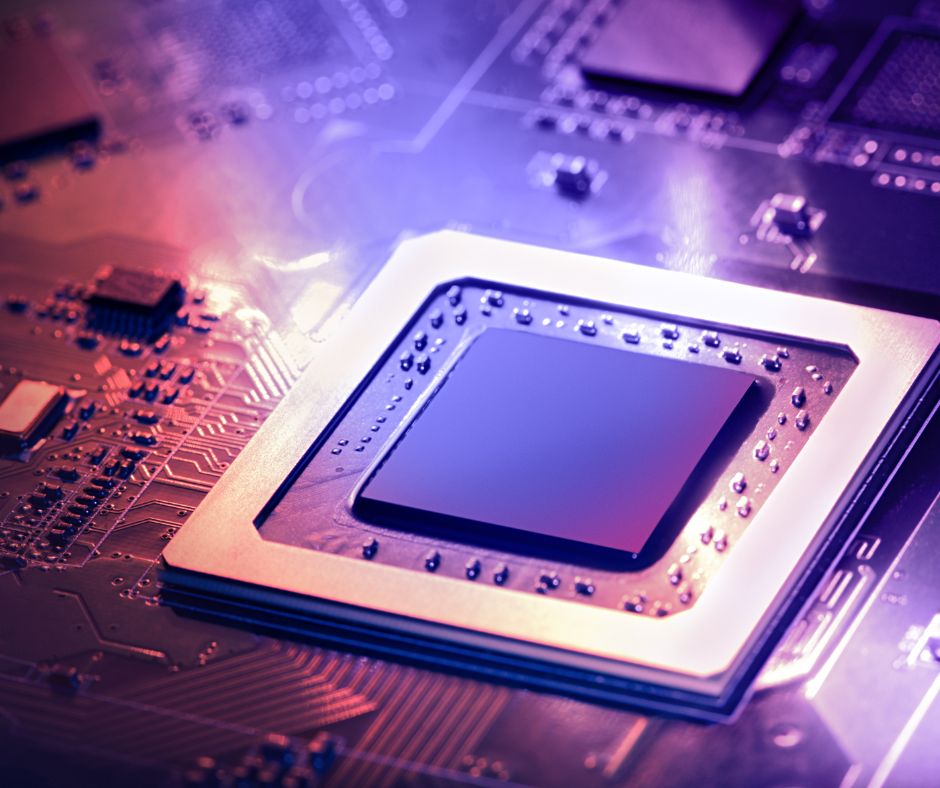The value chain of electronic components distribution in India involves various stages and activities that contribute to the efficient flow of components from manufacturers to end-users. Here is an overview of the key stages in the value chain:
Manufacturers:
The value chain begins with electronic component manufacturers who produce a wide range of components such as semiconductors, resistors, capacitors, connectors, integrated circuits, and more. Manufacturers design, produce, and package these components, ensuring adherence to quality standards and specifications.
Distributors:
Electronic components distributors play a crucial role in the value chain. They act as intermediaries between manufacturers and end-users, sourcing components from multiple manufacturers and building up an inventory. Distributors often provide value-added services such as technical support, inventory management, logistics, and supply chain solutions. They ensure the availability of components and streamline the sourcing process for manufacturers.
Channel Partners:
Distributors may work with channel partners such as resellers and retailers to reach a wider customer base. These partners may have their own distribution networks, warehouses, and customer relationships. They help in expanding the reach of electronic components to different regions and market segments.
Customers:
Customers in the value chain encompass a wide range of entities, including original equipment manufacturers (OEMs), contract manufacturers, system integrators, and individual designers. These customers procure electronic components from distributors or channel partners for various applications such as consumer electronics, automotive, telecommunications, industrial equipment, and more.
Value-Added Services:
Along the value chain, various value-added services are offered to customers. These services may include kitting, custom labeling, component modification, programming, or testing. Value-added services cater to the specific requirements of customers and enhance the overall value proposition of the distributor.
Logistics and Warehousing:
Logistics and warehousing are crucial components of the value chain. Distributors maintain warehouses strategically located to ensure efficient storage and distribution of components. They manage inventory, handle packaging, and organize shipping to ensure timely delivery of components to customers.
Technical Support:
Distributors often provide technical support to customers, assisting them with component selection, application-specific requirements, and troubleshooting. Technical support may include access to datasheets, online resources, application notes, and consultation with knowledgeable staff. This support helps customers make informed decisions and overcome technical challenges.
After-Sales Support:
After-sales support is another aspect of the value chain. Distributors provide warranty services, product returns, and replacements for defective or damaged components. They facilitate communication between customers and manufacturers to resolve any issues that may arise after the purchase.
Continuous Market Analysis:
They keep track of new component releases, industry developments, and customer feedback. This analysis helps distributors adapt their offerings, expand their product portfolio, and stay competitive in the market.
The value chain of electronic components distribution in India is a complex and interconnected process involving multiple stakeholders. Each stage plays a significant role in ensuring the availability, accessibility, and efficient delivery of electronic components to meet the diverse needs of customers in various industries.
Author Bio:-
Twinkle Garg is an avid reader as well as a writer quoting technology, innovation, travel and education.
She loves to share her experiences with fellow readers. You follow her on Facebook or write-ups.
